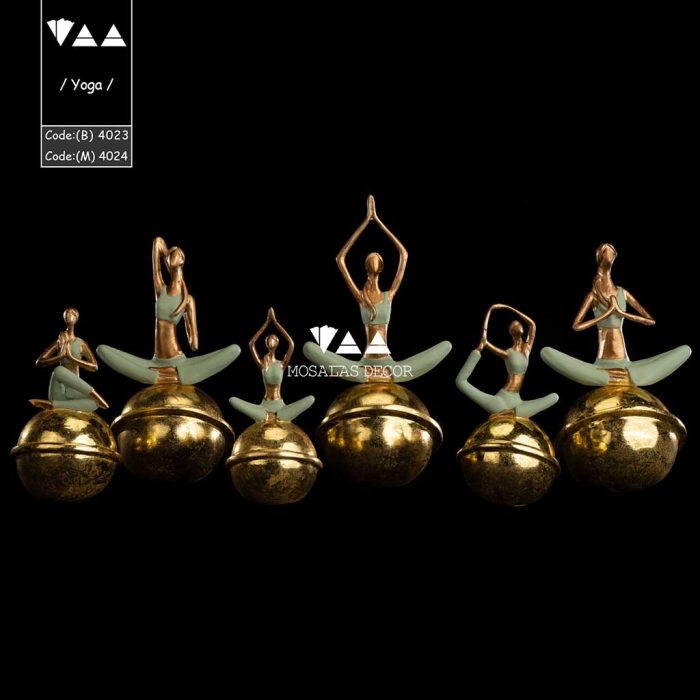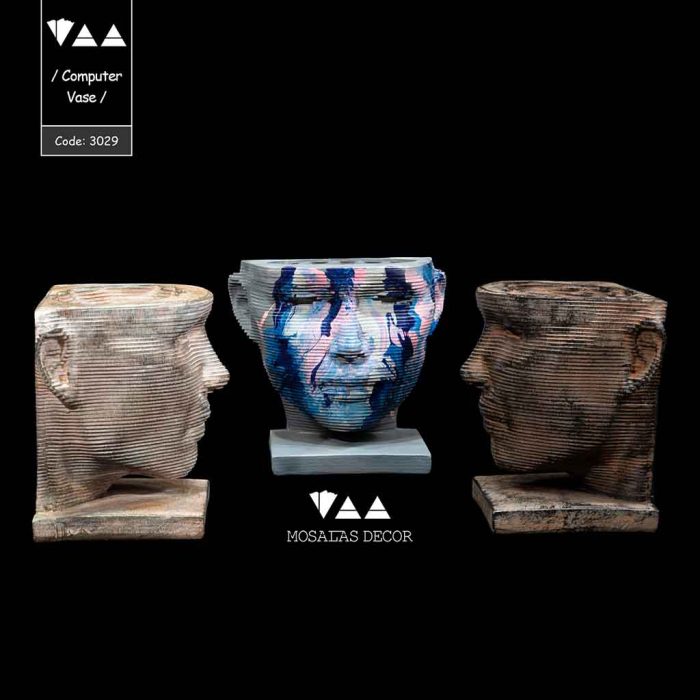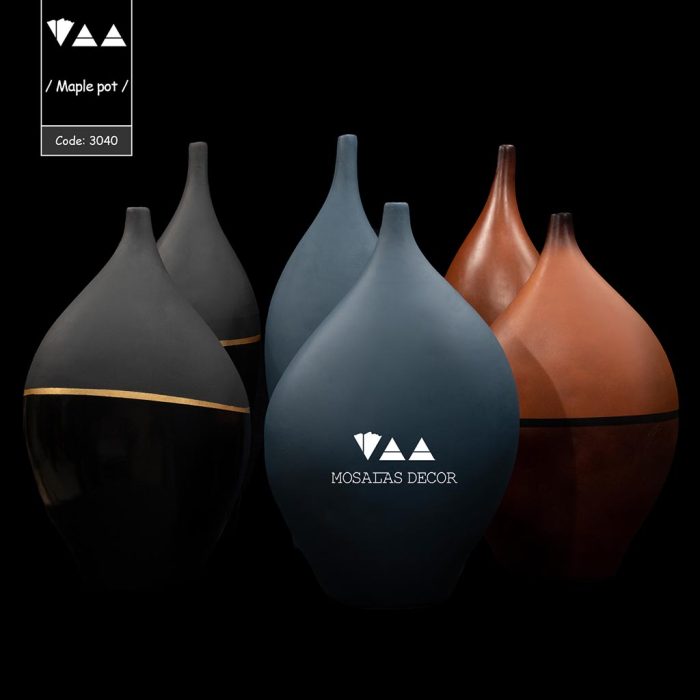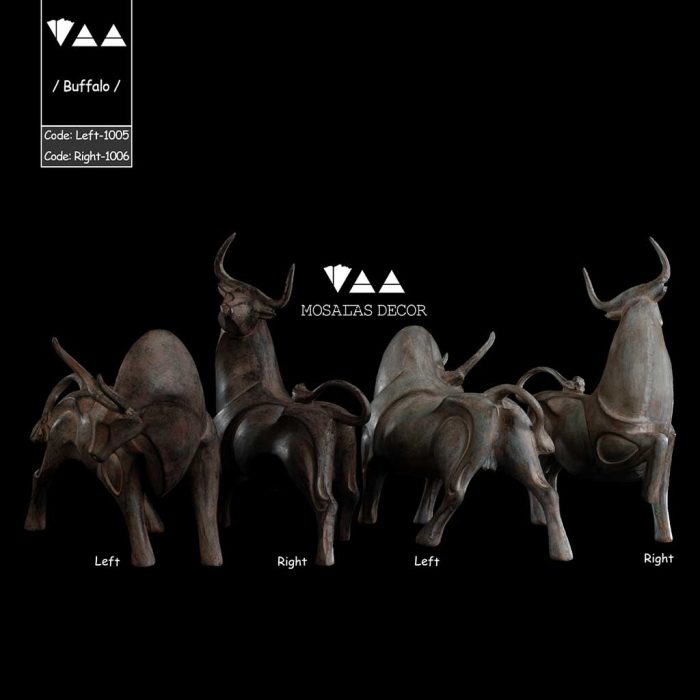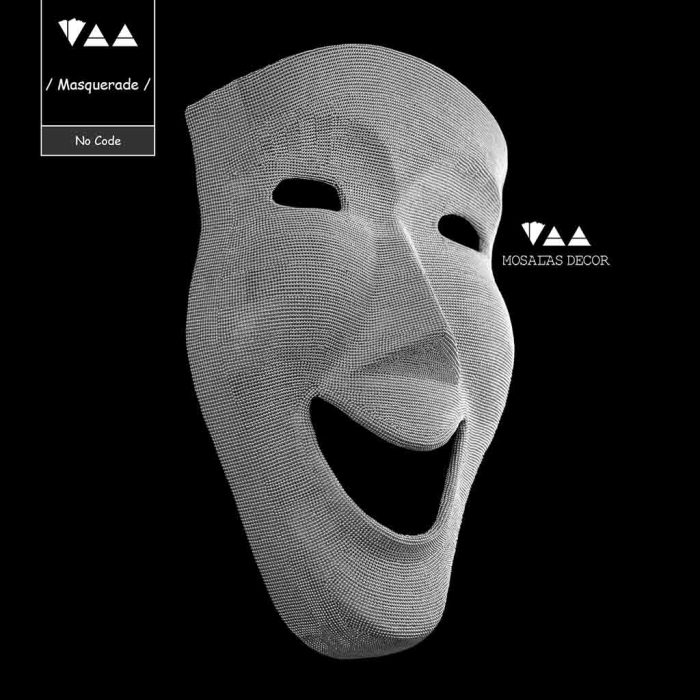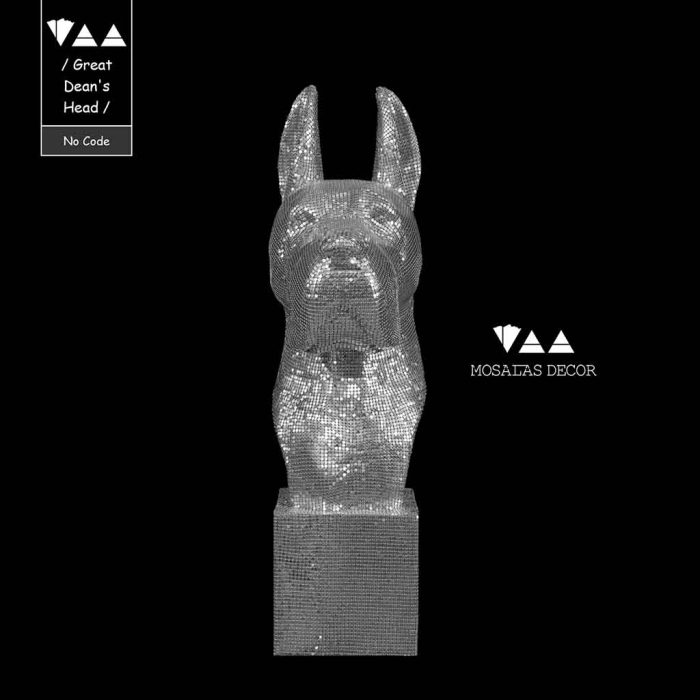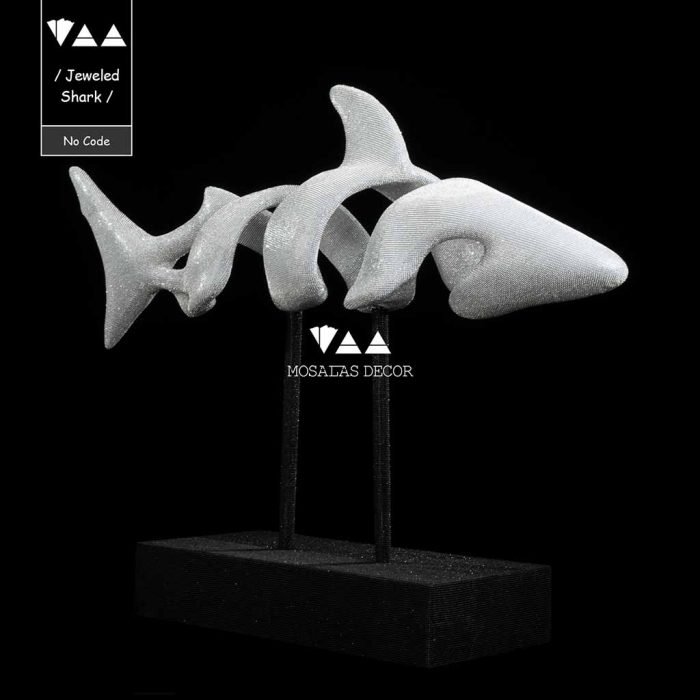Home Decor
Home decor is a creative and exciting field that involves enhancing the aesthetics and functionality of living spaces. It encompasses a wide range of elements, including furniture, accessories, color schemes, lighting, and overall design concepts.
The right home decor can transform a house into a warm and inviting home, reflecting the personality and style preferences of its occupants.
One of the fundamental aspects of home decor is furniture selection. Whether it's a comfortable sofa, elegant dining table, or stylish bed frame, the furniture sets the tone for the overall ambiance of a room. The materials, colors, and styles of furniture can vary greatly, allowing homeowners to create a unique look and feel that suits their taste. From contemporary and minimalist designs to classic and traditional styles, there are countless options to choose from.
In addition to furniture, accessories play a crucial role in home decor. Accessories include items such as curtains, rugs, artwork, decorative pillows, and vases. These elements add personality and character to a space, tying together the overall theme and color scheme. Accessories can be used to introduce pops of color, texture, and pattern, creating visual interest and focal points within a room.
Color selection is another vital aspect of home decor. Colors have the power to evoke specific moods and emotions, and they greatly influence the overall atmosphere of a space. From calming and neutral tones to bold and vibrant hues, the right color palette can completely transform a room. It's important to consider the natural lighting in a space when selecting colors, as lighting can affect the way colors appear.
Lighting is not only a practical necessity but also a crucial design element in home decor. Different lighting fixtures, such as chandeliers, pendant lights, table lamps, and wall sconces, can be used to create various lighting effects and highlight specific areas or objects within a room. Proper lighting enhances the ambiance and functionality of a space, creating the desired mood and atmosphere.
When it comes to home decor, the overall design concept and layout are essential. The arrangement of furniture, the flow of the room, and the utilization of space all contribute to the comfort and functionality of a home. Different design styles, such as modern, rustic, eclectic, or Scandinavian, offer distinct approaches to home decor, allowing homeowners to express their individuality and create spaces that resonate with their personal preferences.

Lastly, it's important to note that home decor is not a static concept. It evolves with time and trends, and it should reflect the changing needs and tastes of the occupants. Experimentation and customization are key to achieving a unique and personalized home decor style.
In conclusion, home decor is a multifaceted endeavor that involves furniture selection, accessory placement, color schemes, lighting choices, and overall design concepts. It's an opportunity to create a space that is not only visually appealing but also functional and reflective of the homeowner's personality. With the right combination of elements, home decor can truly transform a house into a warm and inviting sanctuary.
There are several popular color schemes for home decor that can create different moods and styles within a space. Here are a few examples:
1. Neutral Palette: Neutral color schemes are timeless and versatile. They often include shades of white, beige, gray, or cream. Neutral colors create a calm and soothing atmosphere and provide a neutral backdrop for other elements in the room. They are great for creating a minimalist or Scandinavian-inspired aesthetic.
2. Monochromatic Scheme: Monochromatic color schemes involve using different shades and tints of a single color. For example, using various tones of blue, from light sky blue to deep navy. This creates a harmonious and cohesive look. Monochromatic schemes are elegant and sophisticated, offering a sense of unity and simplicity.
3. Complementary Colors: Complementary colors are opposite each other on the color wheel, such as blue and orange or red and green. Using complementary colors in home decor can create a dynamic and visually striking look. When balanced properly, these color combinations can add energy and vibrancy to a space.
4. Analogous Colors: Analogous color schemes involve using colors that are adjacent to each other on the color wheel. For example, combining shades of blue, green, and teal. Analogous schemes create a harmonious and cohesive look with a subtle variation in hues. They are pleasing to the eye and can evoke a sense of tranquility.
5. Warm and Cool Contrasts: Warm colors, such as reds, oranges, and yellows, create a cozy and inviting atmosphere. Cool colors, such as blues and greens, have a calming and refreshing effect. Combining warm and cool colors in a space can create a balanced and visually interesting contrast. For example, pairing warm earthy tones with cool blues or greens.
6. Bold and Vibrant Accents: Adding bold and vibrant accents to a neutral or monochromatic color scheme can create a focal point and add personality to a space. For example, using a bright red or yellow as an accent color in pillows, artwork, or accessories. This creates a pop of color and adds energy to the room.

It's important to remember that personal preference and the specific style of the home should also be considered when selecting a color scheme. Experimenting with different combinations and considering the natural lighting in a space can help determine the best color scheme for a particular room.
Minimalist aesthetics often feature clean lines, simplicity, and a sense of calm. Here are some color combinations that work well for achieving a minimalist look:
1. White and Beige: This classic combination creates a serene and timeless minimalist aesthetic. The crispness of white combined with the warmth of beige adds depth and visual interest without overwhelming the space. It creates a clean and airy feel.
2. Gray and Charcoal: Shades of gray, from light to dark, paired with charcoal accents, are another popular choice for minimalist decor. The monochromatic palette creates a sophisticated and modern look. It's a versatile combination that can be complemented with natural materials and textures for added warmth.
3. Black and White: The high contrast of black and white is a staple of minimalist design. This bold combination creates a sleek and dramatic effect. It's perfect for creating a minimalist space with a touch of visual impact. Use white as the dominant color and black as an accent to maintain a sense of balance.
4. Pastel Neutrals: Soft pastel hues like light pink, baby blue, and pale mint can create a minimalist aesthetic with a touch of subtle color. These gentle shades bring a sense of tranquility and warmth to a space without overpowering it. Pair them with white or light gray for a light and airy atmosphere.
Remember, simplicity and minimalism are key to achieving a minimalist aesthetic. Limit the color palette to a few well-chosen hues and focus on creating a clean and uncluttered space. Incorporate natural materials, textures, and simple forms to enhance the overall minimalist vibe.


FAQs
How can I choose the right color scheme for my home decor?
Consider the mood and atmosphere you want to create. Select colors that complement each other and reflect your personal style. Test samples in your space to see how they interact with lighting and existing elements.
What are some creative ways to incorporate accessories into my home decor?
Use decorative pillows, rugs, artwork, and vases to add pops of color and texture. Mix and match different textures and materials for visual interest. Display personal collections or sentimental items as unique decor pieces.
How can I create a cohesive and balanced look in my living space through furniture selection?
Choose furniture pieces that share a similar style or theme. Consider the scale and proportion of each item in relation to the space. Use a mix of sizes and shapes to create visual balance. Coordinate colors and materials for a cohesive look.
What are some emerging trends in home decor that I should consider for a modern and stylish home?
Some emerging trends in home decor include incorporating sustainable materials, embracing natural elements, utilizing bold patterns and prints, and adopting minimalist and clutter-free designs.



